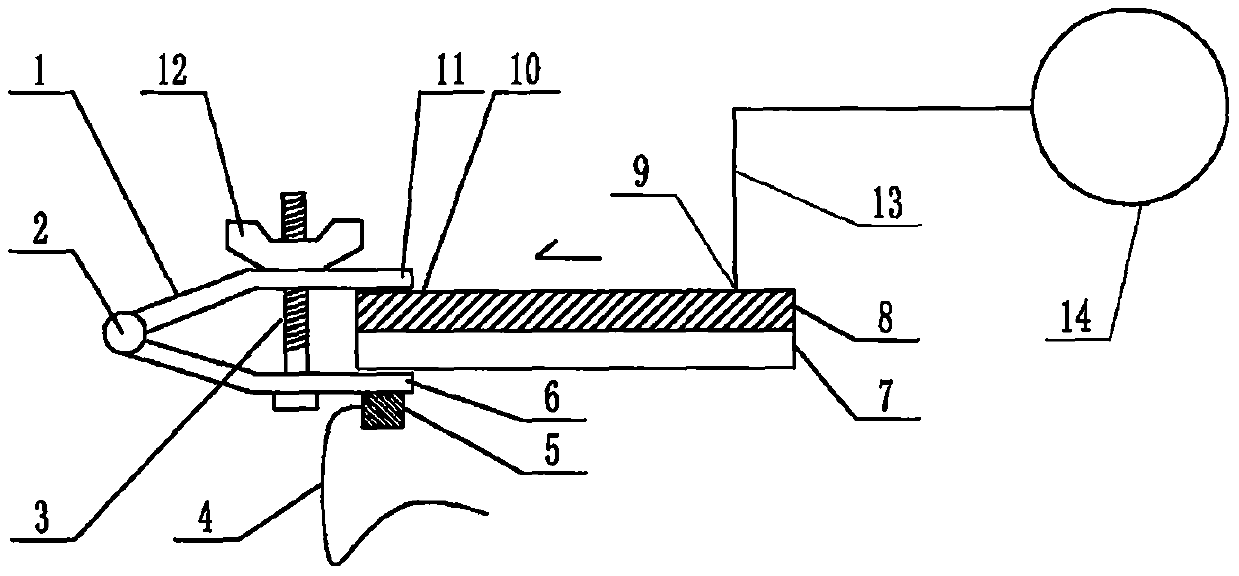Microfluidic chip device used for diagnosis of syphilis and using polydimethylsiloxane as substrate
A polydimethylsiloxane and microfluidic chip technology, applied in the field of analysis and testing, can solve the problems of damage to the microfluidic chip, troublesome operation of the inner surface modification of the PDMS channel, large flow resistance, etc.
- Summary
- Abstract
- Description
- Claims
- Application Information
AI Technical Summary
Problems solved by technology
Method used
Image
Examples
Embodiment Construction
[0076] exist figure 1In this embodiment of the present case shown, the structure of the device includes a multi-channel microfluidic chip, and the structure of the microfluidic chip includes a substrate 8 and a cover 7 that are attached and installed together. The substrate 8 The cover sheet 7 and the cover sheet 7 are both plate-like objects or sheet-like objects. The surface of the substrate sheet 8 facing the cover sheet 7 contains a channel structure formed by a molding process or an etching process. The sheet 8 and the cover sheet 7 are jointly constructed to form a microfluidic chip containing a pipe structure. The structural position of the pipe is located in the junction area where the base sheet 8 and the cover sheet 7 are attached to each other. The two ends of the pipe are respectively connected to the The sample injection end 9 of the microfluidic chip is connected to the terminal 10, the sample injection end 9 is the injection end of the sample solution of the mic...
PUM
| Property | Measurement | Unit |
|---|---|---|
| Thickness | aaaaa | aaaaa |
| Particle size | aaaaa | aaaaa |
| Diameter | aaaaa | aaaaa |
Abstract
Description
Claims
Application Information
 Login to View More
Login to View More - R&D
- Intellectual Property
- Life Sciences
- Materials
- Tech Scout
- Unparalleled Data Quality
- Higher Quality Content
- 60% Fewer Hallucinations
Browse by: Latest US Patents, China's latest patents, Technical Efficacy Thesaurus, Application Domain, Technology Topic, Popular Technical Reports.
© 2025 PatSnap. All rights reserved.Legal|Privacy policy|Modern Slavery Act Transparency Statement|Sitemap|About US| Contact US: help@patsnap.com

